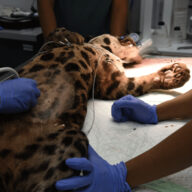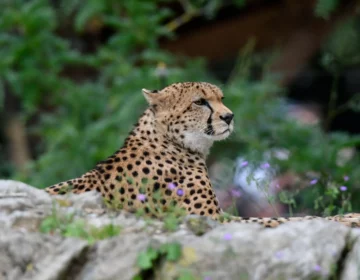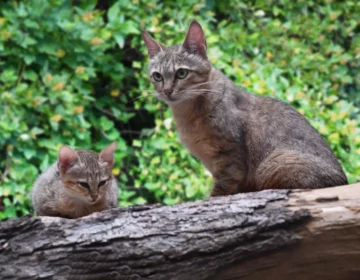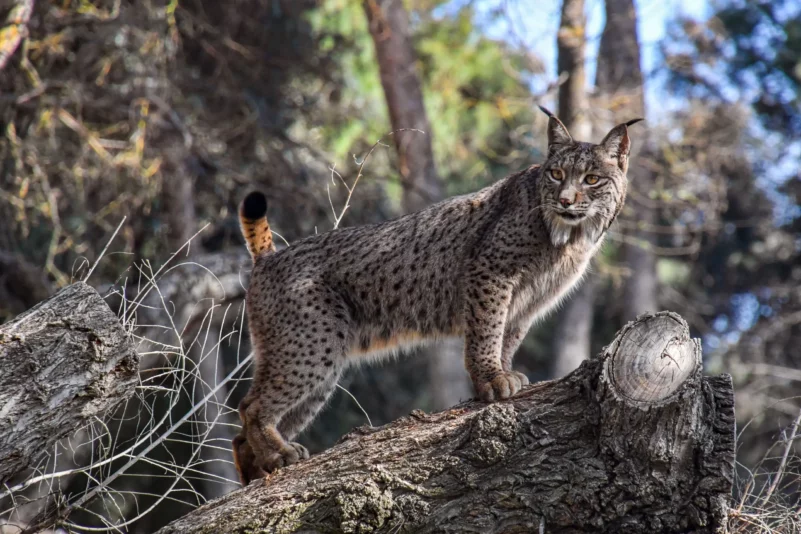
Iberian lynx
Lynx pardinus
Iberian lynx
APPEARANCE
The Iberian lynx is half the size of the Eurasian lynx. Both in terms of ecology and average body weight, the Iberian lynx is very similar to the Canadian lynx. It has a small head, a short body, and long legs. Its tail is short with a black tip and has characteristic black brushes on its ears. The coat of the Iberian lynx is yellowish, reddish, grey or brownish, and distinctly brown or black mottled. Its belly is only pale. The Iberian lynx has a conspicuous orifice, which is more pronounced in adults.
DISTRIBUTION AND HABITAT
Historically, the Iberian lynx was found in all parts of the Iberian Peninsula and was widely distributed, but became very rare in the early 20th century. Only two small populations remain – one in southwestern Spain, in Andújar-Cardeña in the eastern Sierra Morena, and a population in Doñana-Aljarafe, in and around the Doñana protected area.
The Iberian lynx lives in Mediterranean forests composed of native oaks and abundant undergrowth, as well as in macchia scrub. It prefers a mosaic of dense thickets for shelter and open grassy areas for hunting.
BEHAVIOUR
The Iberian lynx is mainly active at night and dusk, but can also be active during the day. The mating season is from January to July, with a peak in January to February.
FOOD
The Iberian lynx is a specialized predator and hunts primarily (80-100%) European rabbits (Oryctolagus cuniculus). Alternatively, it hunts rodents, partridges, young deer and fallow deer, hares, ducks, geese, reptiles, etc. They also feed on fresh carrion.
MAIN THREATS
The Iberian lynx is highly vulnerable by nature as it is highly dependent on a single prey species, has a limited distribution and its habitat spectrum is narrow. Iberian lynx populations have declined due to a drastic reduction in its main prey, the rabbit, due to habitat changes, overhunting, and disease.
